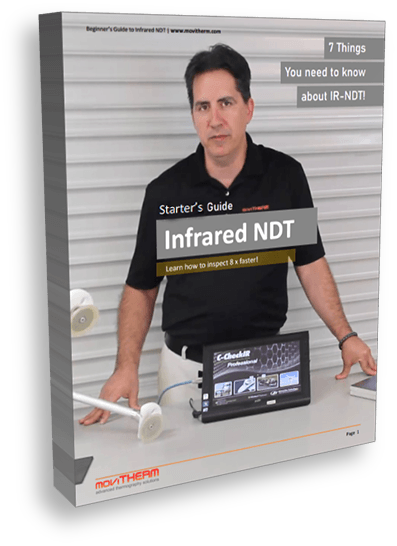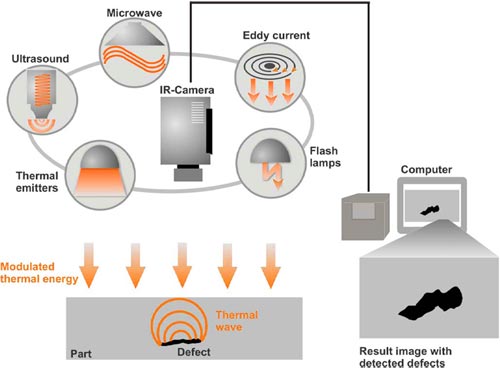Solar Cell Lockin Electroluminescence
Solar Cell Lockin Electroluminescence Using Infrared NDT
Solar Cell Lock In Electroluminescence NDT Solutions
MoviTHERM’s Solar-CHECK solution allows for inspection of solar cells. This particular method examines the electroluminescense when using electrical excitation of the cell.














